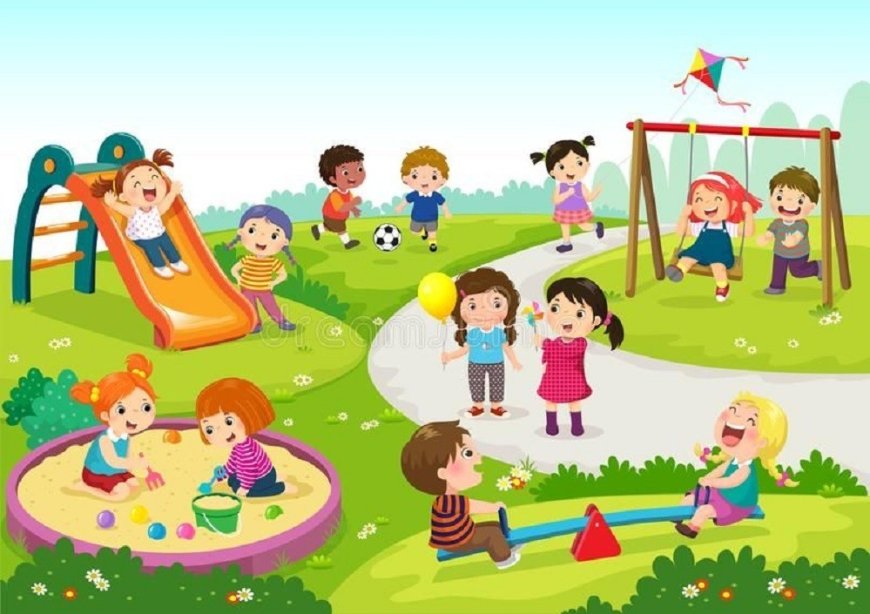Why is it important to let children play?
why play is an excellent tool to ensure that our children play develop in an integral way through an activity that they will greatly enjoy

In this article we will show you the reasons why play is an excellent tool to ensure that our children play develop in an integral way through an activity that they will greatly enjoy and that is natural for them.
Improve behavior
Forcing children to remain still and to be only spectators of their learning process does not give as good results as those that do occur when they are taught through playful activities. Children deposit a great deal of energy during play, which also helps to have a way to focus their attention for longer periods of time.
Teaches the importance of teamwork
Both free play and directed play can help children become aware of each other's feelings and abilities. Another great benefit of this type of activity is that children learn to regulate their emotions and to recognize spontaneously that all actions have consequences.
Promote movement
Although the technological games that we find in our smart devices can bring great benefits at a cognitive level if they are selected well, traditional games have an added value: they are physical activities that help to develop important motor aspects.
Power learning
It has been shown in many scientific studies that physical activity and cognitive development are directly related. Privileging activities in which the child is directly involved through movement and permanent participation, makes the acquisition of knowledge more profound.
Benefits of the game in each development dimension:
Emotional development:
Increases the feeling of well-being and happiness.
It is relaxing, helps release energy, and reduces the stresses children face.
Improves the ability to express ideas and feelings.
Must Read: Motivate your teenager to be active
Cognitive development:
Increase creative ability.
- Strengthens lateral thinking and abstract thinking.
- Promotes the development of imagination.
- It equips the child with the skills to solve the problems he faces in everyday life.
- It allows the child to see the world from perspectives other than his own.
- It helps in the acquisition of different concepts that are assimilated through sensory experience.
- It is effective when it is necessary to improve attention and concentration.
Affective development:
- Strengthens the notion of self-esteem and self-confidence.
- It notably reduces anxiety problems, especially in conditions such as attention deficit disorder and hyperactivity.
- It has therapeutic effects both on a psychological and physiological level.
Social development:
- Makes children aware of basic social norms such as cooperation, sharing, and the need to wait their turn when they want to speak or get something.
- It facilitates the resolution of conflicts with his peers that he faces during playtime.
- Encourage leadership development.
- Helps control impulses and reduces aggressive behaviors.
Physical development:
- It allows the development of gross motor skills.
- Strengthens the development of fine motor skills.
- Stimulates skills such as endurance, coordination, and balance.
Language development:
- Exercise communication skills through permanent interaction.
- Facilitates the acquisition of new vocabulary.
- Allow children to develop storytelling skills.
Why use the game in the education of our children?
- When something is learned through play, it will be easier to fixate on cognitive structures. The skills acquired during playtime will constitute meaningful learning.
- Play motivates children to explore and discover the world around them for themselves.
- During the first years of life, the best way to teach and learn is through play. Children will not feel unmotivated and will have their attention focused on what you want them to learn.
- Play motivates children to create and take small risks.
- The interaction fostered by the game enables the creation of opportunities for collaborative learning, both with teachers and parents, as well as with classmates.
- It allows the exercise and improvement of acquired skills.
